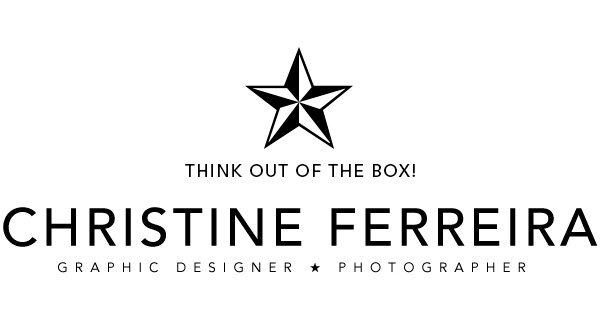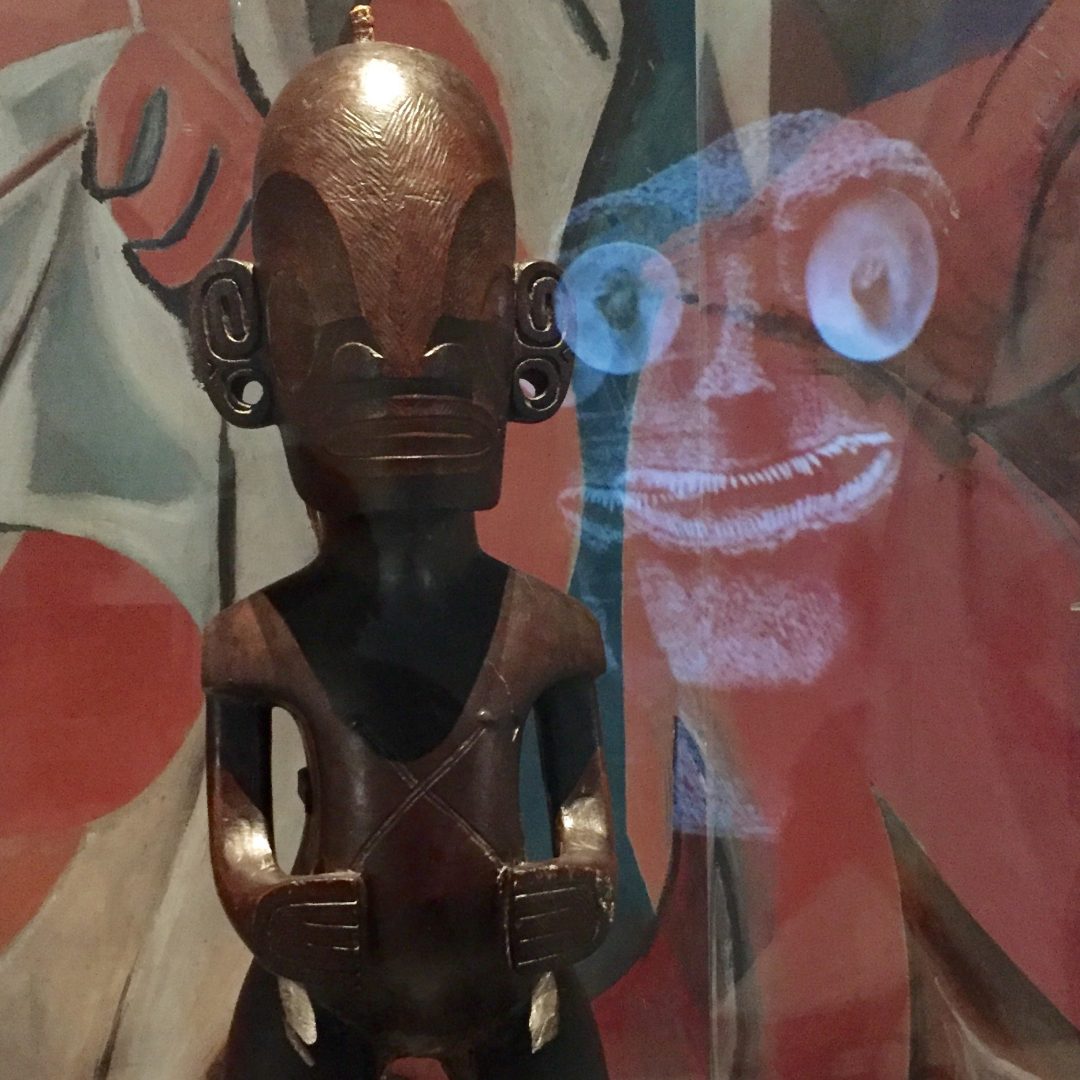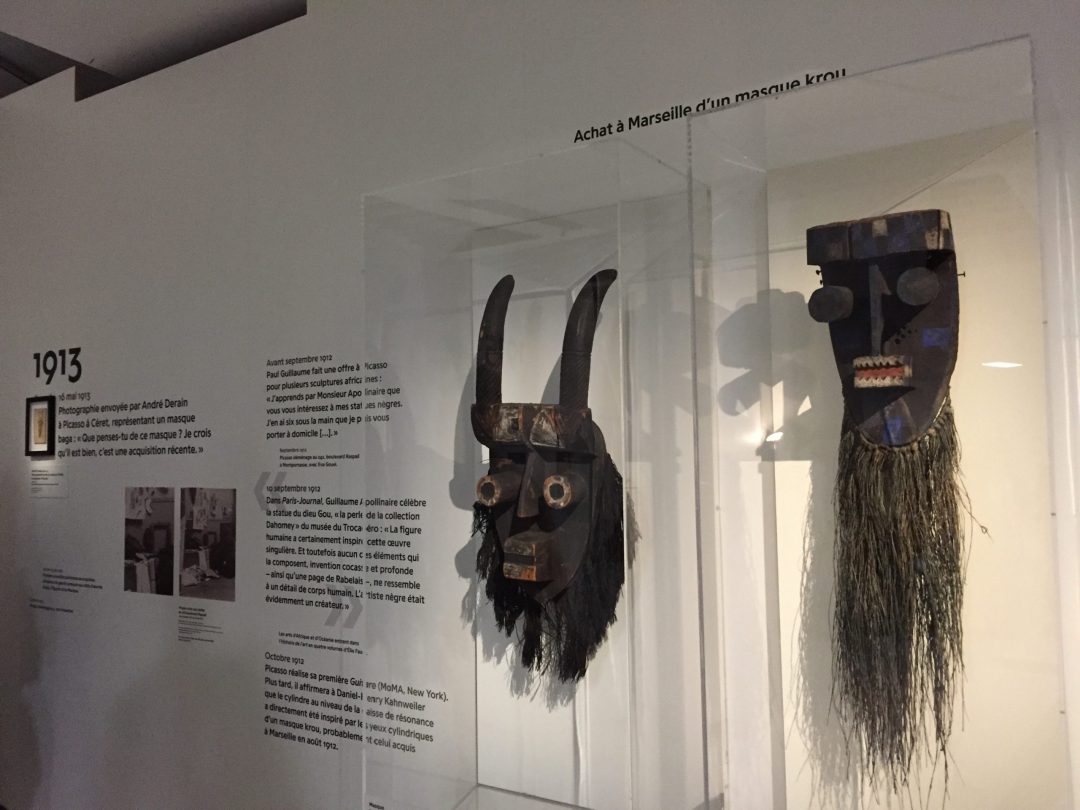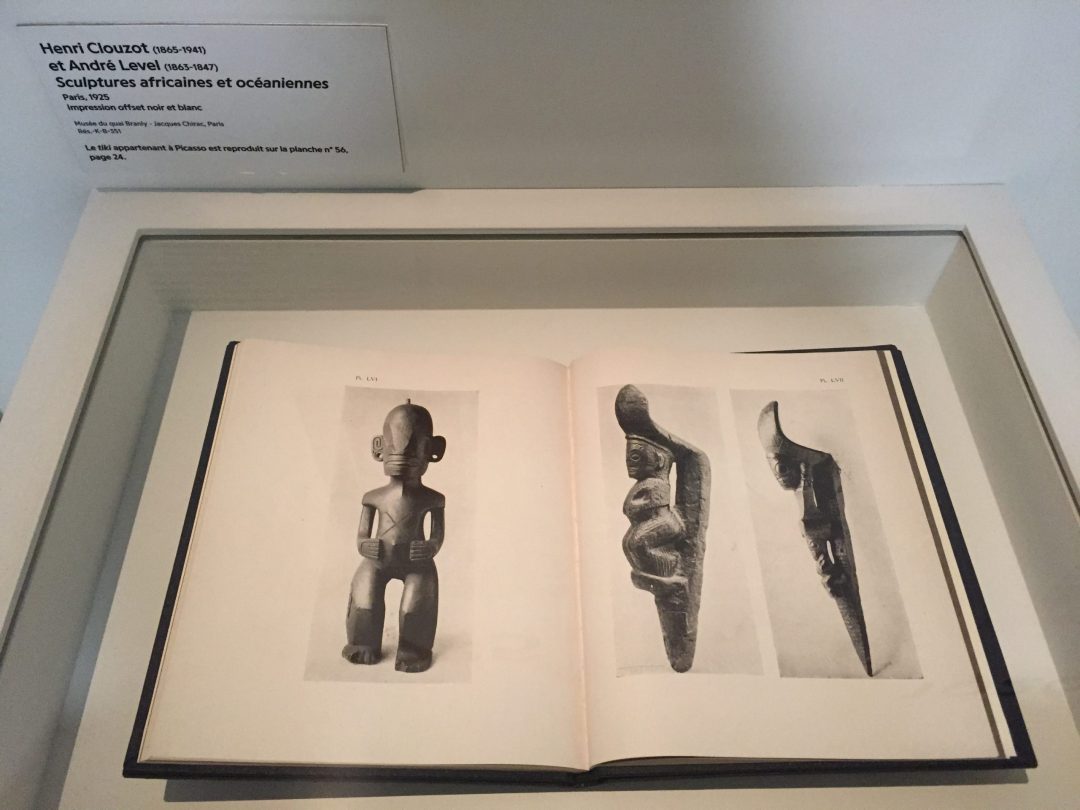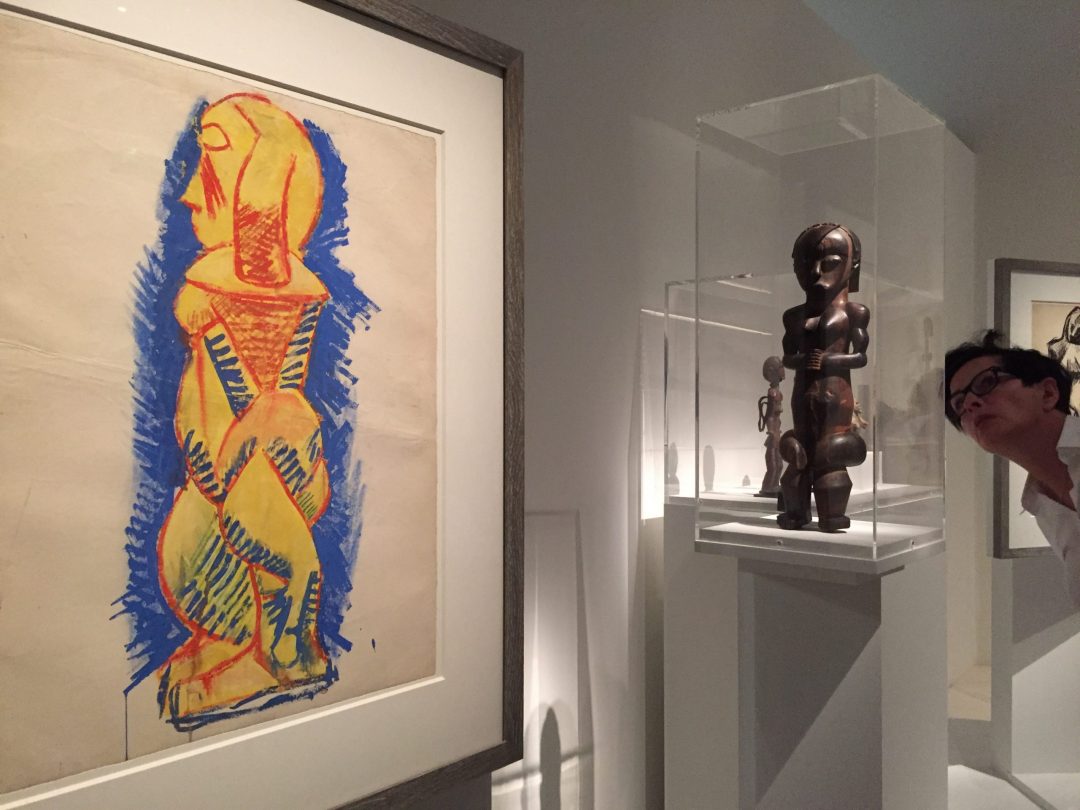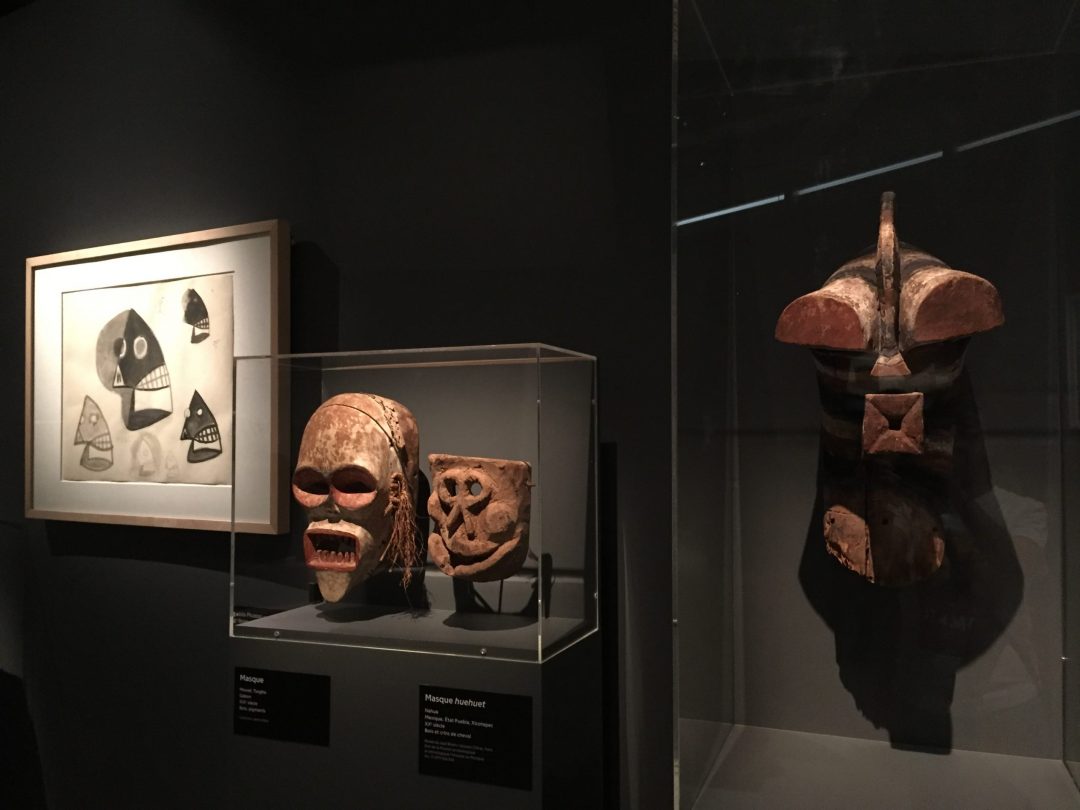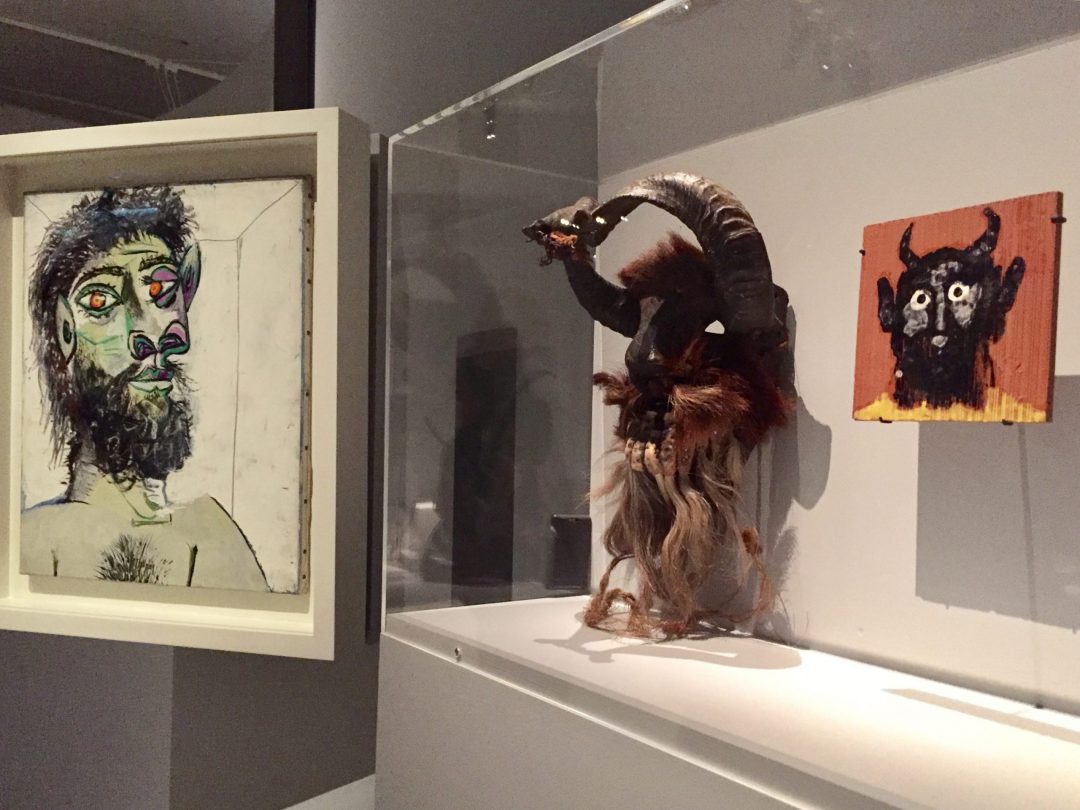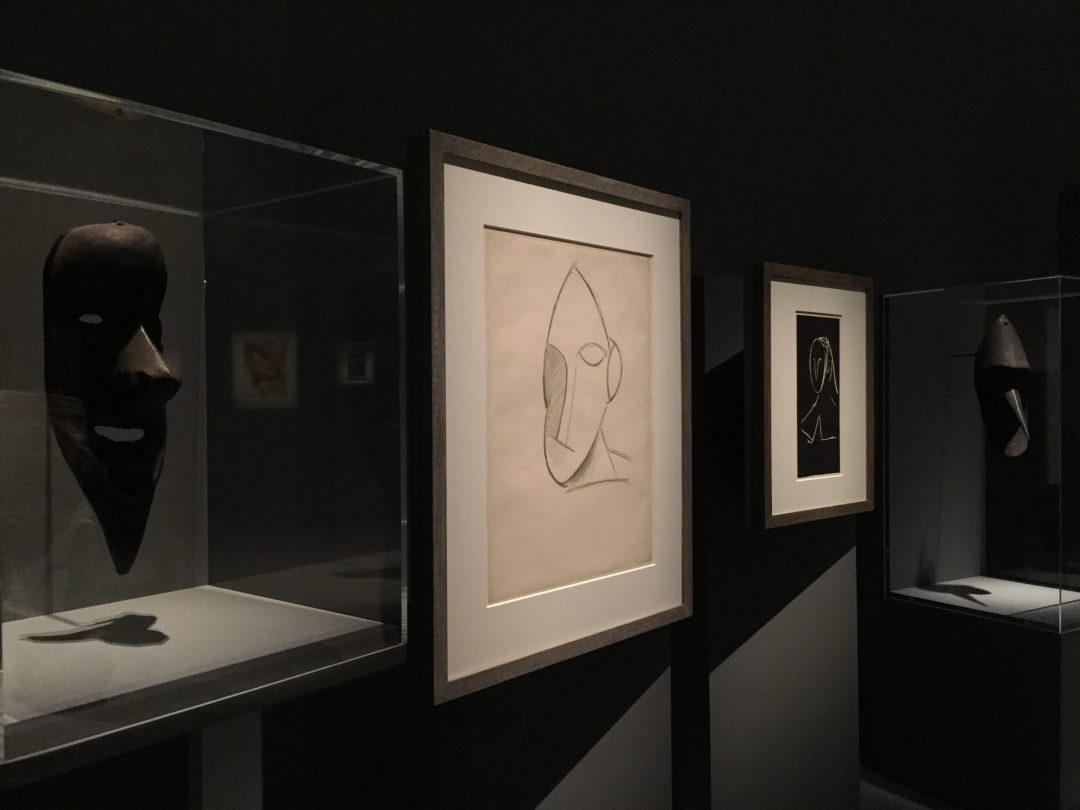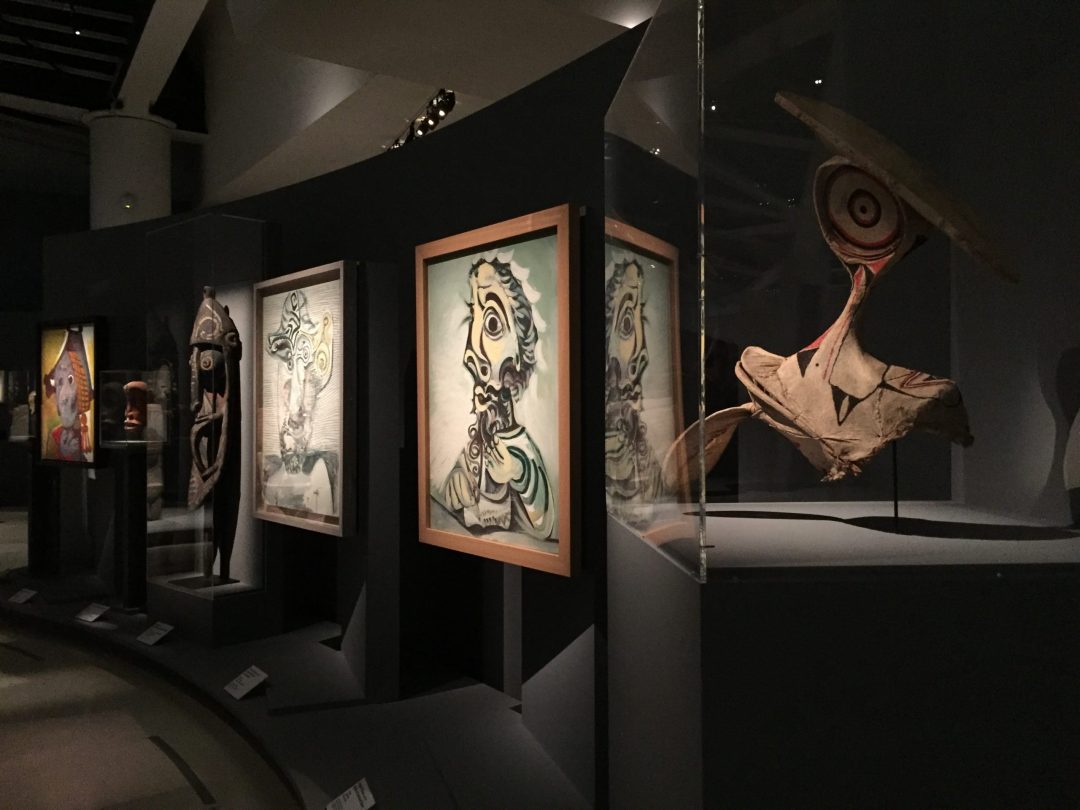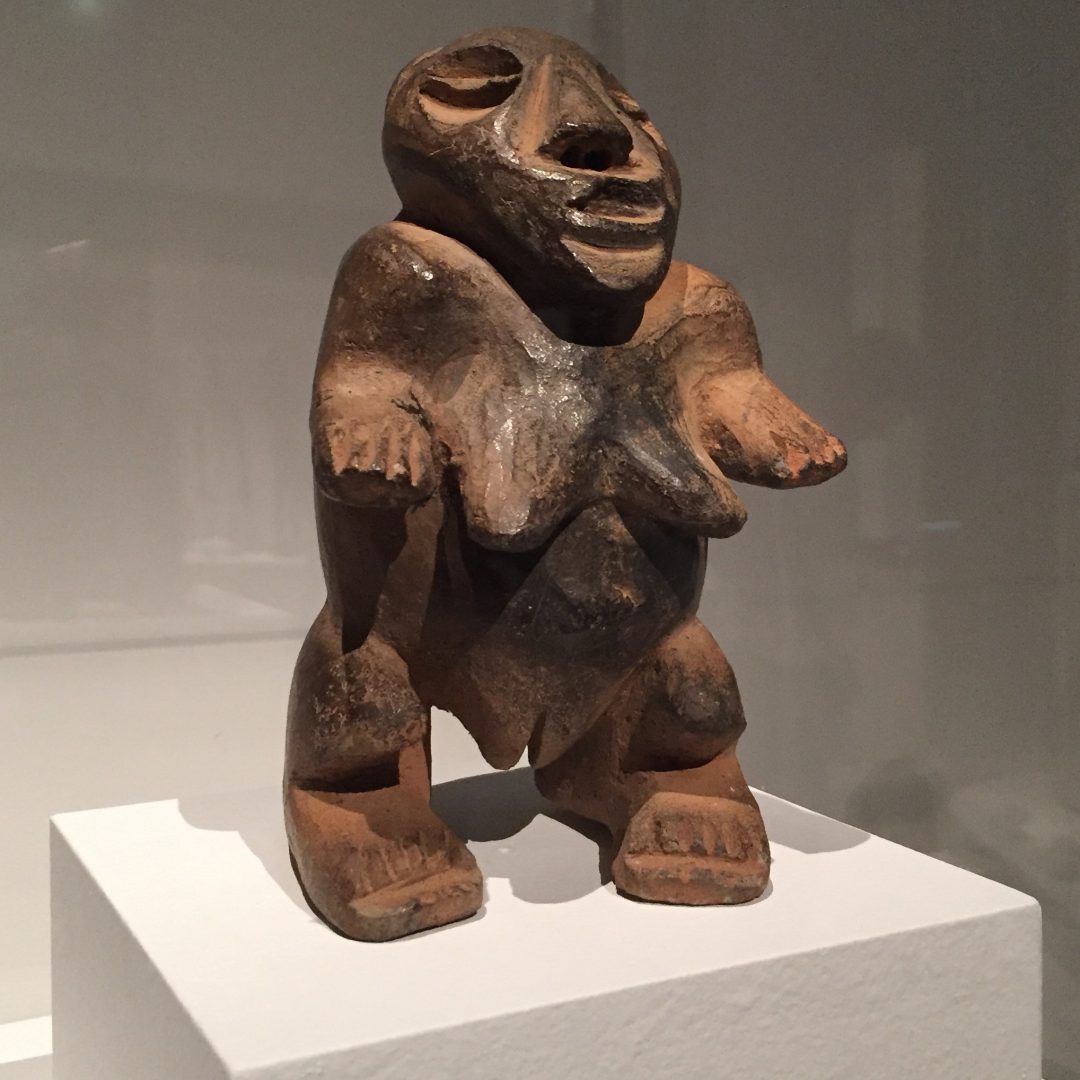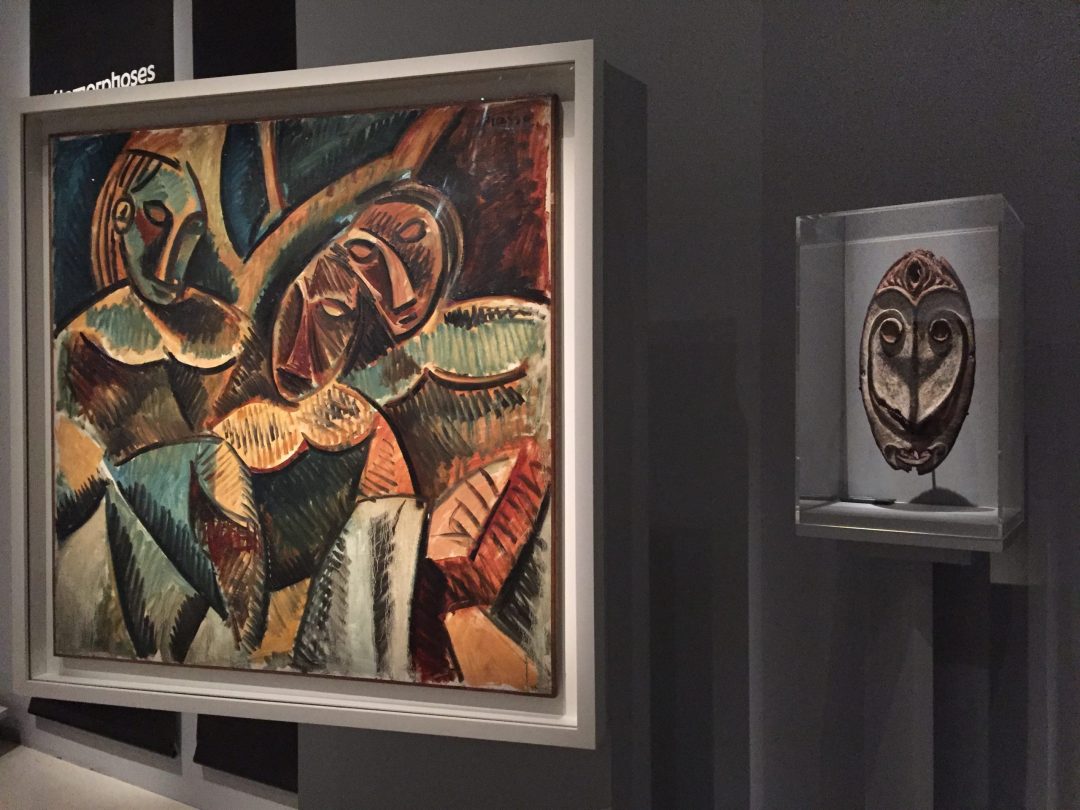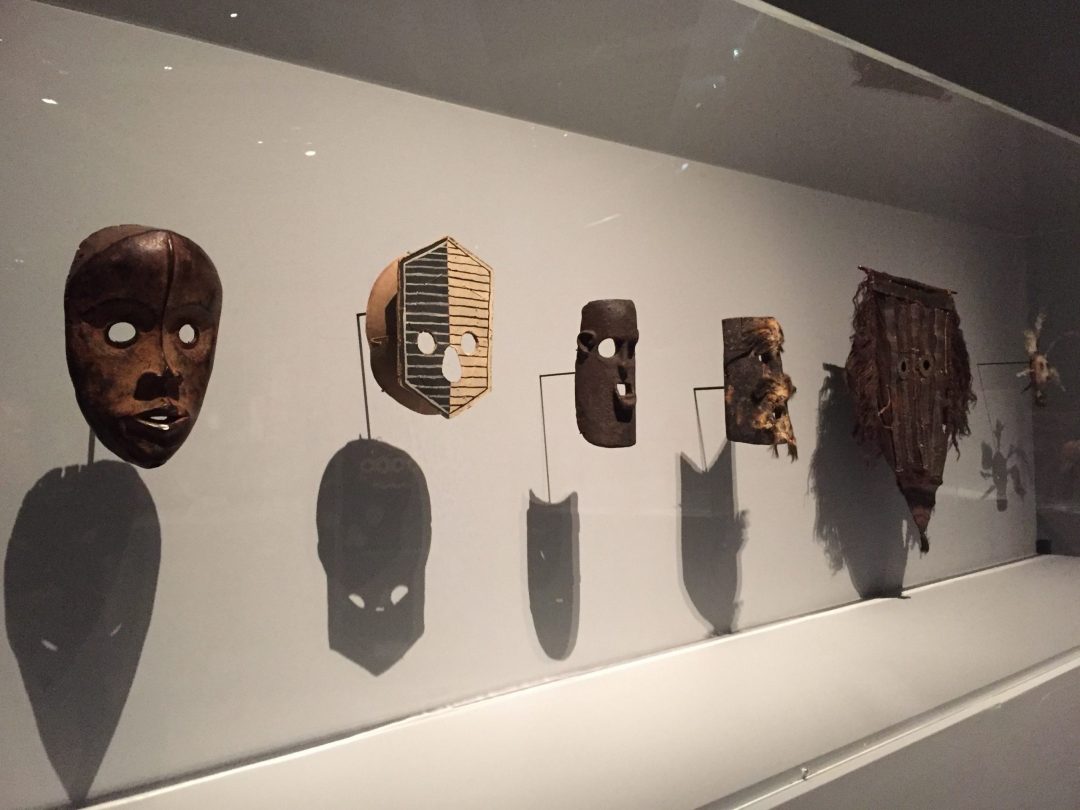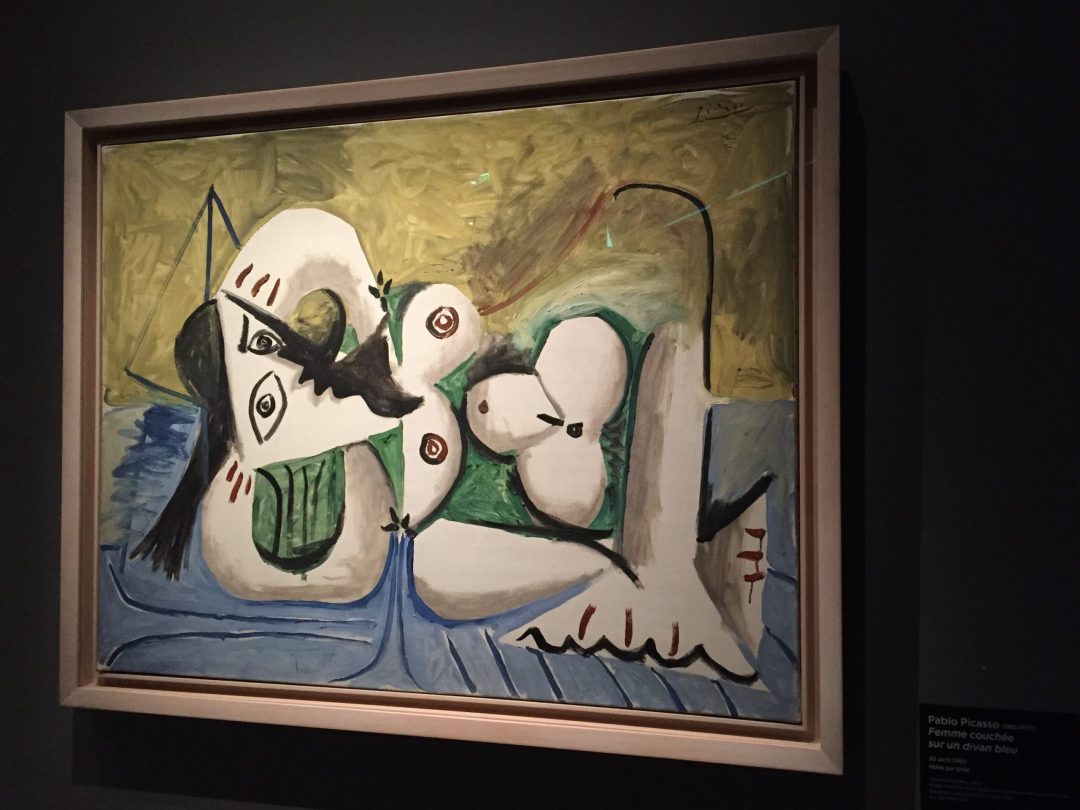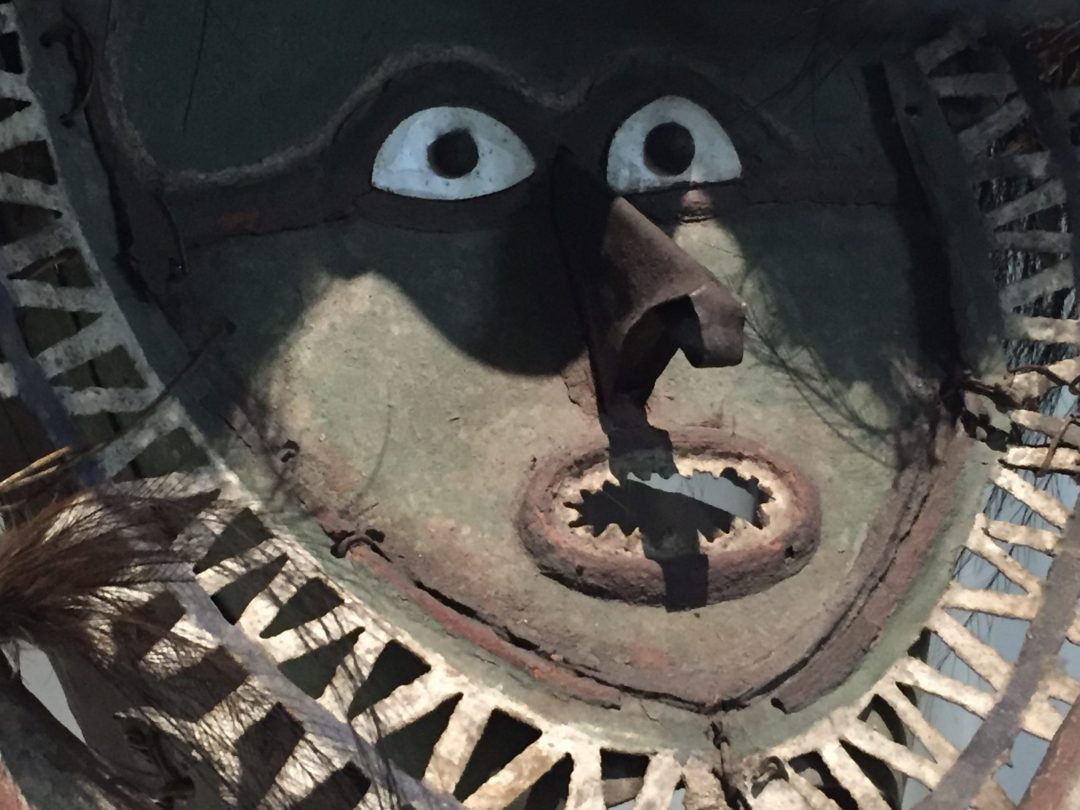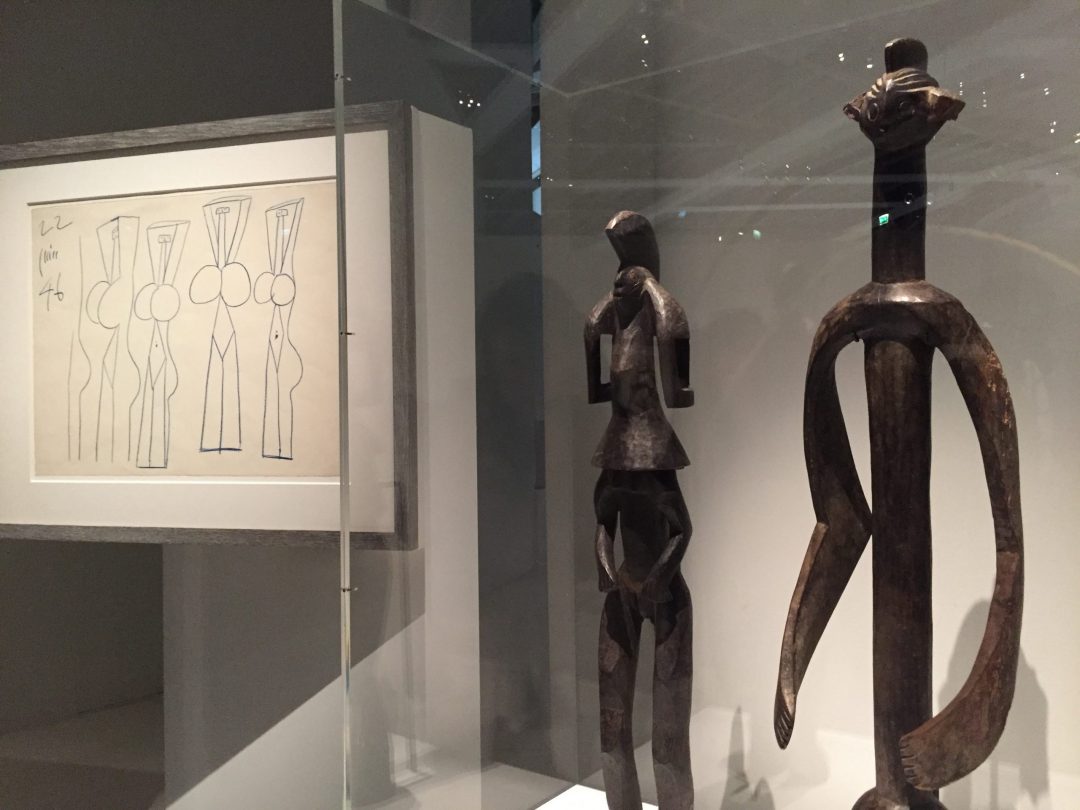What links did Picasso maintain with non-Western arts? This question, frequently addressed, was however avoided by the artist himself for a long time. This exhibition aims to decipher a relationship born of admiration, respect and fear.
ABOUT THE EXHIBITION
“Negro art? Don’t know it.” It was with this provocative tone that the Andalusian painter, sculptor and graphic artist made a point of denying his relationship with non-European art. However, and as his personal collection demonstrates, the arts of Africa, Oceania, the Americas and Asia never ceased to accompany him in all his various studios. The documents, letters, objects and photographs brought together in the first part of the exhibition and displayed chronologically, are evidence of this, demonstrating Picasso’s interests and curiosity about non-Western creation.
In a second, more conceptual section, Primitive Picasso offers a comparative view of the artist’s works with those of non-Western artists, and leans more towards an anthropology of art than an analysis of aesthetic relationships. The resulting confrontation reveals the similar issues those artists have had to address (nudity, sexuality, impulses and loss) through parallel plastic solutions (deforming or deconstructing bodies, for example). Primitive art, therefore, is no longer considered to be a stage of non-development, but rather an access to the deepest, most fundamental layers of the human being.
The exhibition was organized by the musée du quai Branly – Jacques Chirac, in collaboration with the Musée National Picasso-Paris.
Photographs © 2017 Christine Ferreira.
All Rights Reserved.
Quels liens Picasso a-t-il entretenu avec les arts non-occidentaux ? Traitée à de multiples reprises, la question a pourtant longtemps été éludée par l’artiste lui-même. Décryptage d’une relation faite d’admiration, de respect et de crainte.
À PROPOS DE L’EXPOSITION
« L’art nègre ? Connais pas. » C’est sur le ton de la provocation que le peintre, sculpteur et dessinateur andalou s’efforcera de nier sa relation avec l’art extra-européen. Pourtant, et comme le montre sa collection personnelle, les arts d’Afrique, d’Océanie, des Amériques et d’Asie n’auront cessé de l’accompagner, notamment dans ses différents ateliers. En témoignent les documents, lettres, objets et photographies réunis dans la première partie de l’exposition, traçant selon un parcours chronologique, les intérêts et curiosités de l’artiste vis-à-vis de la création non-occidentale.
Dans une seconde partie plus conceptuelle, Picasso Primitif propose une mise en regard des oeuvres de l’Andalou avec celles des artistes non-occidentaux, en s’appuyant davantage sur une anthropologie de l’art que sur le constat de relations esthétiques. Le face-à-face qui en résulte dévoile les questionnements similaires auxquels les artistes ont dû répondre (les problématiques de la nudité, de la sexualité, des pulsions ou de la perte) par des solutions plastiques parallèles (la défiguration ou la déstructuration des corps par exemple). Le primitif ne s’entend alors plus comme un stade de non-développement, mais comme l’accès aux couches les plus profondes, intimes et fondatrices de l’humain.
L’Exposition a été organisée par le musée du quai Branly – Jacques Chirac, en collaboration avec le Musée national Picasso-Paris.
Photographies © 2017 Christine Ferreira.
